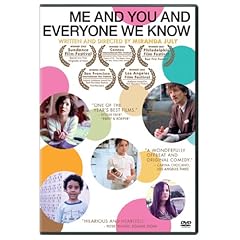We just finished reading aloud Walk the World’s Rim by Baker and Pedro’s Journal by Conrad as part of the history studies in the Sonlight Curriculum program.
And while we enjoyed the storyline and the characters of Chakoh and Esteban in Walk the World’s Rim, I have to confess that I edited the book as I read. I skipped entire passages that slowed the pace of the story and added nothing to our interest in it. I was disappointed in this regard. My listener never even knew she wasn’t hearing the entire story. I would advise you to feel free to edit yourself, especially the long descriptive passages and meaningless dialogue exchanges, and watch the excessive use of “showing” Chakoh’s thought patterns also– the thoughts are often redundant.
Walk the World’s Rim is the story of an African slave named Esteban and the Spaniards he travels with on their journey from Cuba to Florida. All but three of the Spanish die as they make their way through unfriendly coastal Indians on America’s southern coast in the 1520’s. Esteban is an inspiring character and if it hadn’t been for his intelligence and strength, none of them would have made it. They meet Chakoh’s tribe in Texas (they are starving) and the young man joins the party. The Spaniards are, of course, looking for gold and riches and for the city of Cibola. Esteban leads them there after they return to Mexico and the Spanish organize a new expedition. Esteban is killed by the Pueblo Indians of Cibola and will never be able to escape to freedom with the Buffalo People. Chakoh then realizes he should go back to his own people and teach them what he has learned (sowing and growing crops).
Pedro’s Journal is written much tighter and kid-friendly and held us both. It is the story of a boy who travels with Christopher Columbus on the Santa Maria in 1492. Pedro is brought along because he can read and write and he keeps his own journal. It is this journal that Conrad has cleverly reproduced for the reader.
There are many interesting elements in this story: Pedro’s assessment of Columbus’s character, his encounters and observations of the Indians they find, when he sinks the Santa Maria by accident as it is anchored off-shore, his increasing alarm and repulsion that Columbus is capturing some of the Indians.
The reading of these stories has triggered an ongoing interesting conversation between my ten-year-old and I. We have realized that the Indian knew right away that the paleface was up to no good. That, despite what the white man tried to get the natives to believe, they were after their land, their families, their resources.
Which has led us to talk about and think about our ancestors who were Shawnee and Eastern Blackfoot. How the Indians were chased across this country, starting in Virginia and that freedom and life as they knew it was over the minute John Smith and his party landed at Jamestown. Was it a good thing that Pocohontas saved John Smith’s life?




